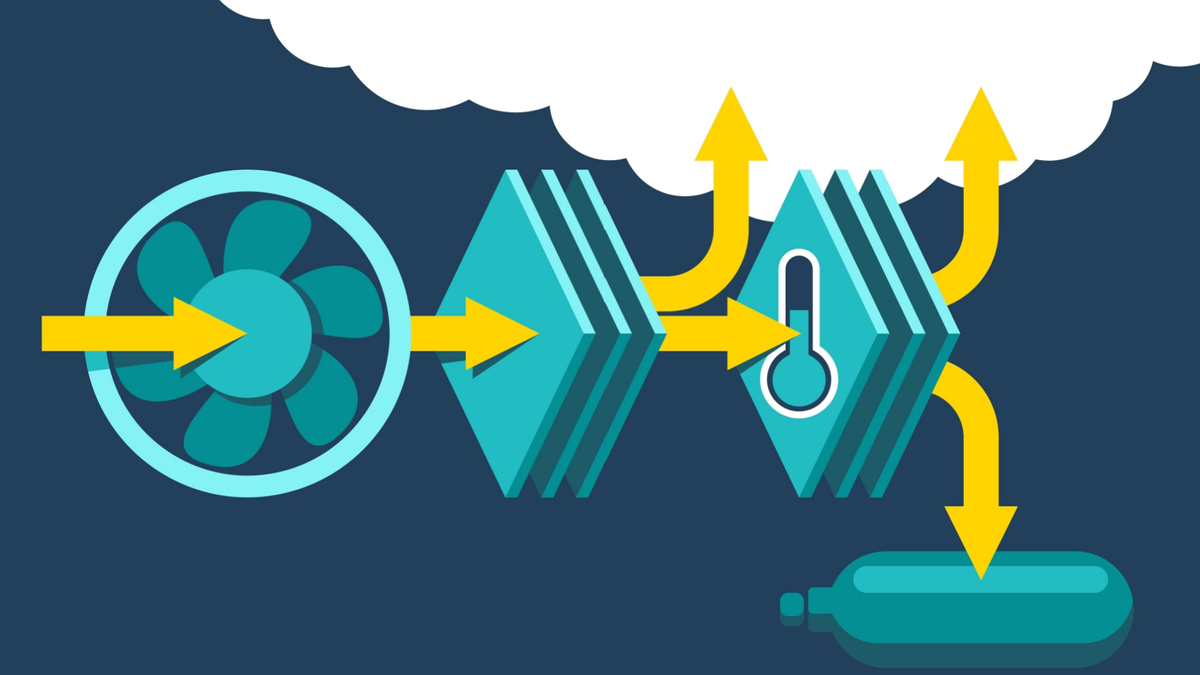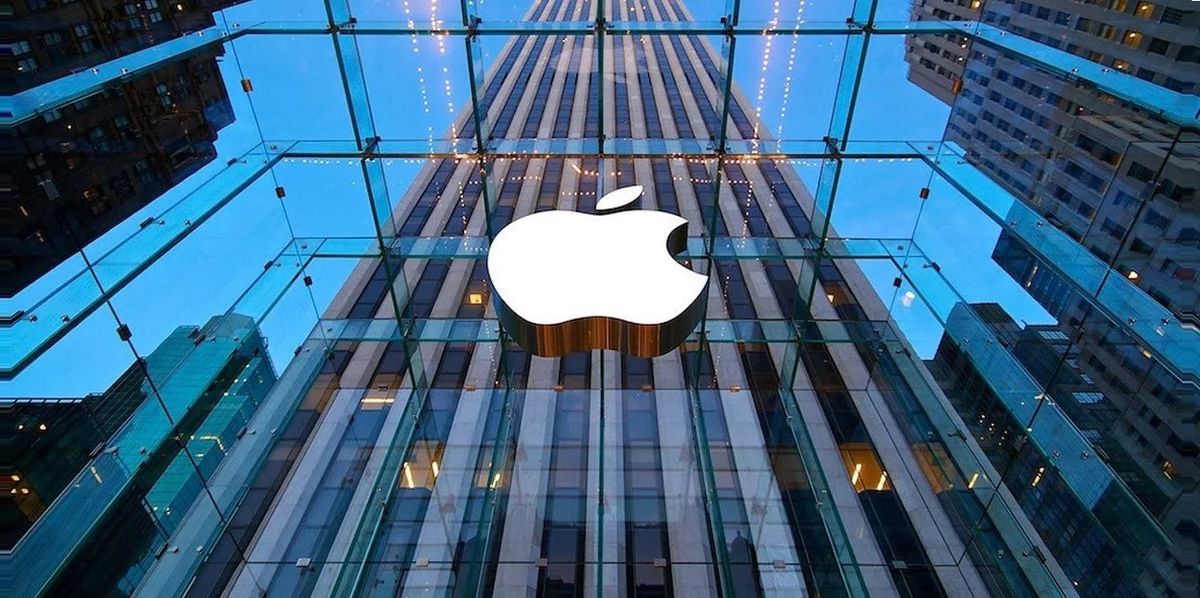Right off the back of announcing that Google Workspace admins can now track their company’s electricity usage, Google has revealed another trick up its sleeve as it works towards its goal of being carbon-free by 2030.
The company has announced a deal with Direct Air Capture (DAC) company Holocene to produce carbon removal credits for $100 per ton of C02 removed from the atmosphere, which Google claims is the cheapest price negotiated for use of DAC technology.
Google hopes the credits will be delivered by ‘the early 2030s’, although it was keen to emphasize the technology is very much in the early stages of development, and faces a number of obstacles, including cost and capacity.
Direct air capture – what is it, and why isn’t it ready yet?
Direct air capture works by using chemical or physical extraction to capture C02 from ambient air for it to be stored underground or re-used in products. The Intergovernmental Panel on Climate Change (IPCC)’s 2022 report claims that billions of tons of C02 will need to be removed from the atmosphere by 2050 to halt climate change, and cites DAC as one of the most promising ways to meet that target.
Carbon removal credits, earned via DAC, are incentives for companies to work towards becoming carbon free; credits have a value, and can then be sold in bulk.
Google is mitigating the cost barrier chiefly by providing upfront financial support to Holocene and accepting carbon removal credits from its lowest-cost facilities. Holocene itself combines liquid and solid-based removal systems, which Google believes will bring the cost of DAC operations down over time.
Additionally, the U.S. Government has crafted the 45Q tax credit – incentivising DAC development and investment by giving eligible suppliers like Holocene $180 per ton removed.
Perhaps the biggest roadblock to DAC is its present lack of scale. As of today, DAC plants cannot produce more than 2000 carbon removal credits per calendar year. Google estimates that Holocene will capture 100,000 tons of C02 by the early 2030s deadline; but also says that this is not nearly enough needed to meaningfully tackle climate change.
It does believe that achieving low-cost DAC at a smaller scale is key to giving confidence to ‘the carbon removal market’, which is important, even if it seems profoundly exhausting to watch such an important goal reduced to the terminology stocks and shares and holders.





